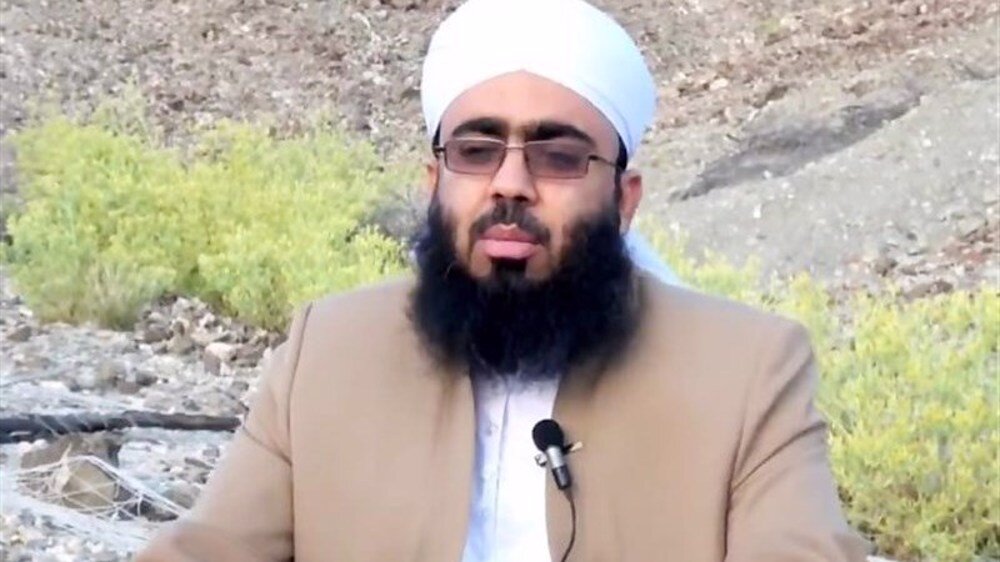Key element behind Sistan-Balouchestan unrest has fled Iran: IRNA

TEHRAN - One of the key elements behind the recent violent riots in the southeastern province of Sistan-Baluchestan has fled Iran, IRNA revealed in a report on Wednesday.
Abdul-Ghaffar Naqshbandi, a provocateur who played a major role in disrupting security in the province, has fled the country and taken refuge in a neighboring country, an informed source told IRNA.
“Abdul-Ghaffar Naqshbandi has been transferred to one of the neighboring countries after an arrest warrant was issued against him,” the source said, speaking on condition of anonymity.
The source explained that Naqshbandi was recently living in hiding and fled the country out of fear that his connections with foreign spy agencies would come to light, Press TV said, quoting IRNA.
He had long been a pawn in the hands of foreign spy agencies and was helped flee the country “by his masters” after the Shia and Sunni people of the province found out about his ill intentions, the source noted.
The source added that Naqshbandi also had a role in the assassination of Sunni cleric Molavi Mustafa Jangi Zahi, who was fatally shot on January 20, 2012 while traveling on a road between the southeastern port city of Chabahar and Sarbaz city.
Sistan-Baluchestan Province has been among the regions most affected by foreign-backed riots that erupted after 22-year-old woman Mahsa Amini died in hospital on September 16, three days after she collapsed at a police station. An investigation has attributed Amini’s death to her medical condition, rather than alleged beatings by the police.
Later in September, Zahedan, the capital the border province, saw an attack on a police station and a mosque. The assailants torched a fire engine, an emergency station, and a bank there, but according to authorities, their attempts to trigger an ethnic sedition in the region ended in failure thanks to the timely presence of security forces.
